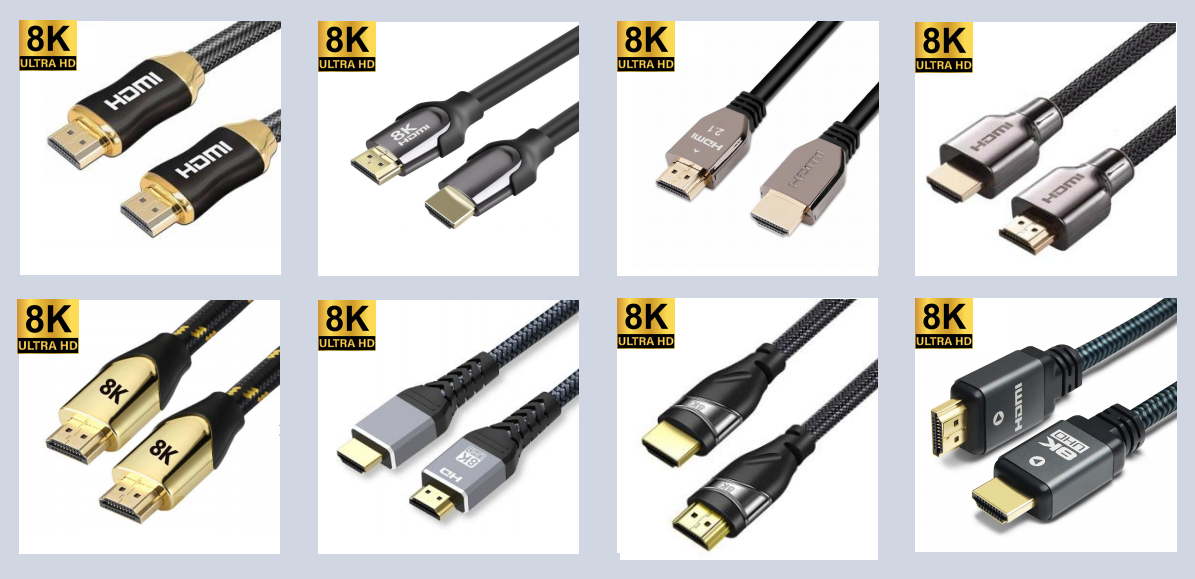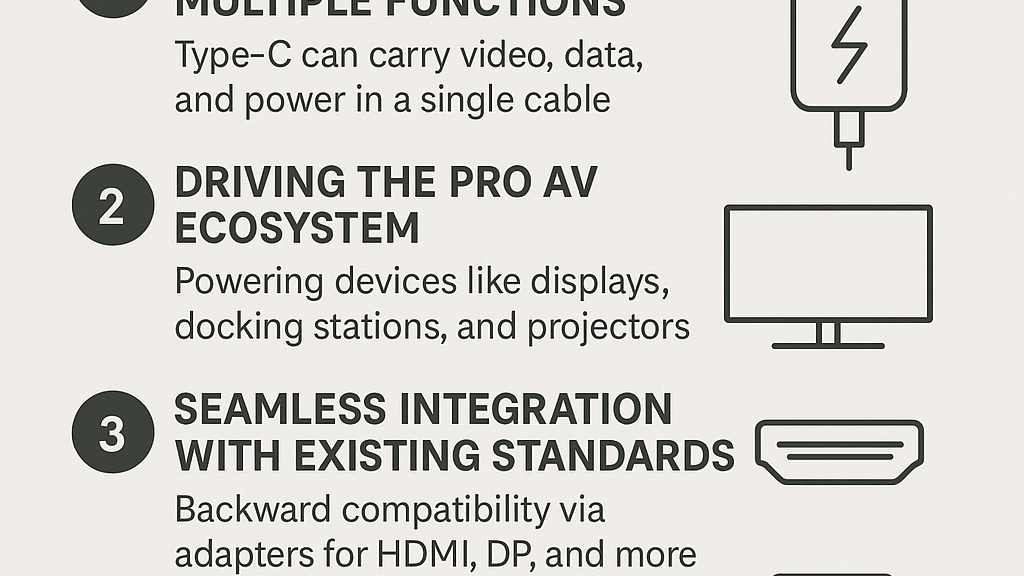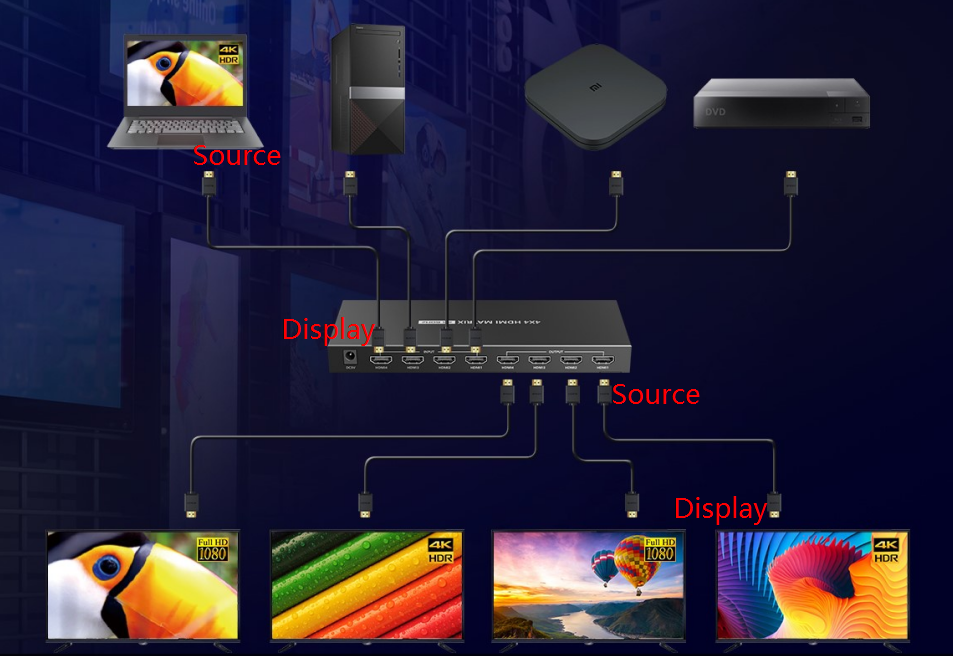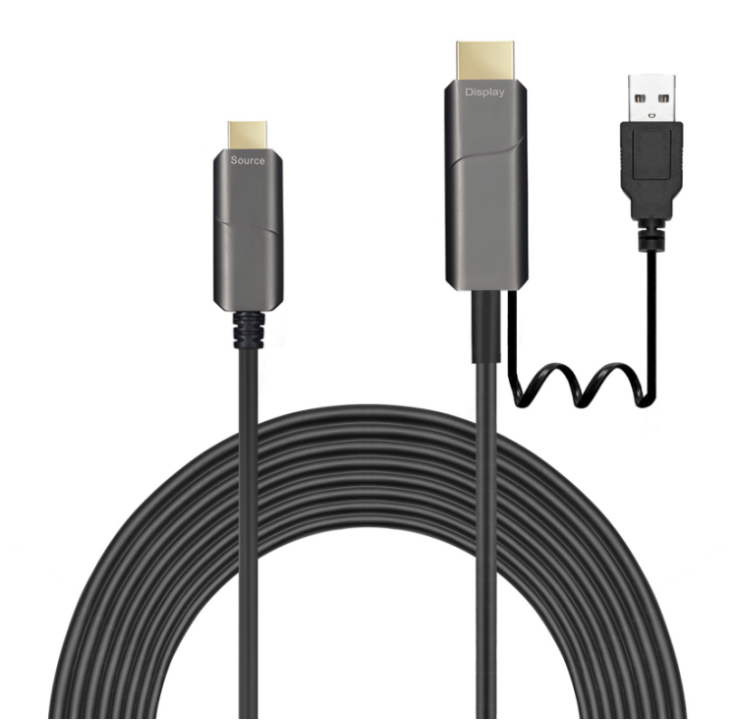Table Of Content
Table Of Content
When you experience unstable audio and video signal transmission after connecting a cable to a device, there are several potential causes for the problem, and it may be related to various parts of the cable or the cable itself. Here are some common issues to consider:
- Cable Damage: Physical damage to the cable can result in signal transmission problems. Inspect the cable for any visible signs of wear and tear, such as kinks, cuts, or frayed ends. If you find any damage, it may be necessary to replace the cable.
- Connector Issues: The connectors on the cable may be damaged or not securely plugged into the devices. Make sure the connectors are clean and properly seated in the ports.
- Cable Length: Excessive cable length can lead to signal degradation. Longer cables can result in a weaker signal, which may lead to instability. Use the appropriate length of cable for your setup.
- Cable Quality: The quality of the cable can also affect signal transmission. Low-quality or damaged cables may not be able to transmit signals reliably. Using high-quality, shielded cables designed for audio and video transmission is important for a stable connection.
- Interference: Electrical or electromagnetic interference from other devices or cables nearby can disrupt signal transmission. Make sure there are no sources of interference close to the cable or the connected devices.
- Compatibility: Ensure that the cable is compatible with both the source and the receiving device. Using the correct cable type for your specific devices is crucial.
- Driver or Software Issues: Sometimes, unstable signal transmission can be caused by driver or software issues on your devices. Ensure that your devices have up-to-date drivers or firmware, and that the settings are configured correctly.
- Power Issues: Some cables may require power for signal boosting or conversion. Check if the cable in question needs an external power source or if the connected devices are providing sufficient power.
- Signal Format: Verify that the cable supports the required signal format (e.g., HDMI, DisplayPort, VGA) for your devices. Using the wrong type of cable can lead to instability.
- Device Problems: It’s also possible that the issue is with one of the devices themselves. Try connecting the same cable to different devices to see if the problem persists.
To identify the specific issue and resolve it, you may need to perform a process of elimination, testing different cables, devices, and configurations. If the problem persists, consider consulting the manufacturer’s support or a professional technician for further assistance.
Professional Connectivity Solution Manufacture Vendor since 2006,
Production Base: GuangDong, China | Viet Nam
If you have any needs, Pls. kindly contact us at sales@starfiretechcn.com








